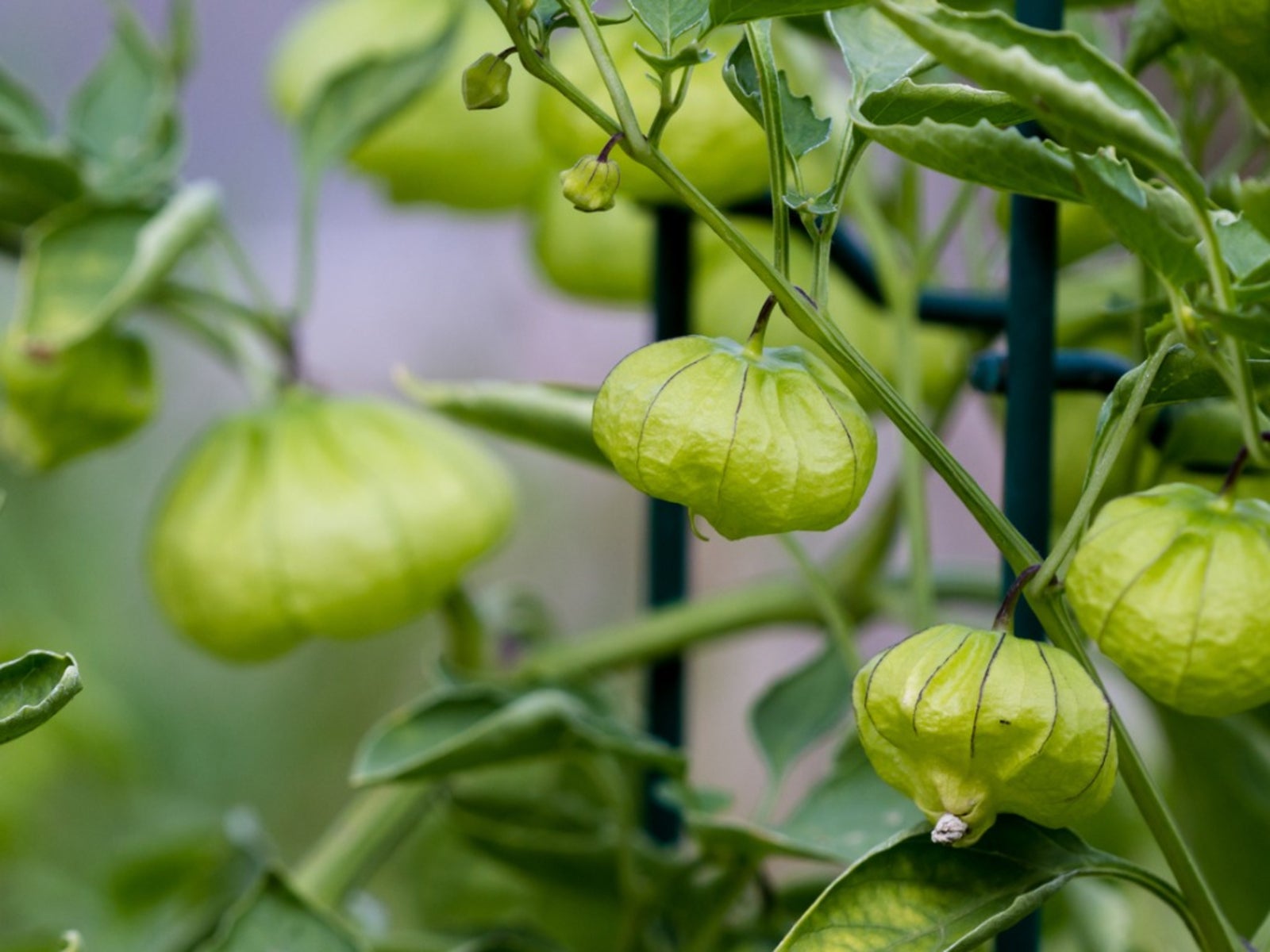Empty Tomatillo Husks - Why Are There No Tomatillo Fruit In Husk


When all goes well, tomatillos are hugely prolific, and just a couple of plants can provide plenty of fruit for the average family. Unfortunately, tomatillo plant problems can result in empty tomatillo husks. Let's learn more about the reasons for an empty husk on tomatillos.
Reasons for an Empty Husk on Tomatillos
Empty tomatillo husks are usually due to environmental factors, such as extreme heat and humidity or lack of insect pollinators. You may also find empty husks on tomatillos when you have only planted one plant. Besides the environmental factors that cause empty husks, tomatillos are also susceptible to diseases that prevent the fruit from forming and growing properly.
Fixes for No Tomatillo Fruit in Husk
Tomatillos are pollinated by bees and other insects that move from flower to flower. When temperatures or humidity are extremely high, the pollen adheres to the inside of the flower, making pollination difficult. As a result, the flowers may drop from the plant before they are pollinated. Set out tomatillo transplants two weeks after the last expected frost date in your area. If you wait too long, you run a greater risk of high temperatures when the plants flower. When starting your own plants indoors, start them eight weeks before the last expected frost so they will be ready to transplant outdoors when the time comes. Unlike tomatoes, which can be pollinated by the wind, tomatillos need an insect pollinator. If you don't have bees or other suitable insects, you will have to hand pollinate the plants yourself. Use a cotton swab or small, soft paintbrush similar to those found in a child's watercolor set. Use the tip to pick up pollen from the flowers on a plant and then dab the pollen inside the flowers on another plant. Tomatillo plants aren't good self-pollinators. If you have only one plant you may get a few tomatillos, but you need at least two plants for a good crop. You can prevent many of the diseases that affect tomatillos by spacing them properly and growing them on stakes or in cages. Keeping the plants off the ground makes them easier to harvest. It also helps keep the plants dry and allows air to circulate around them. Tie the plants loosely to the stakes using strips of cloth. Tomato cages are ideal for tomatillos. Simply guide the stems through the holes in the cage as the plant grows. Remove suckers to improve the air circulation even more. Suckers are the stems that grow in the crotches between the main stem and a side branch.
Sign up for the Gardening Know How newsletter today and receive a free copy of our e-book "How to Grow Delicious Tomatoes".

Jackie Carroll has written over 500 articles for Gardening Know How on a wide range of topics.